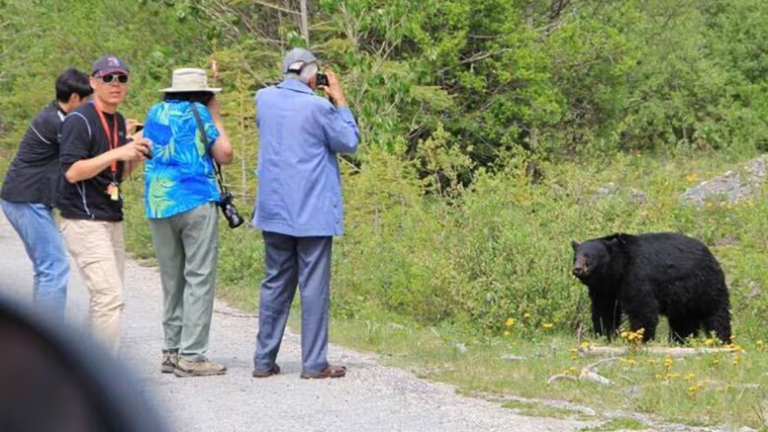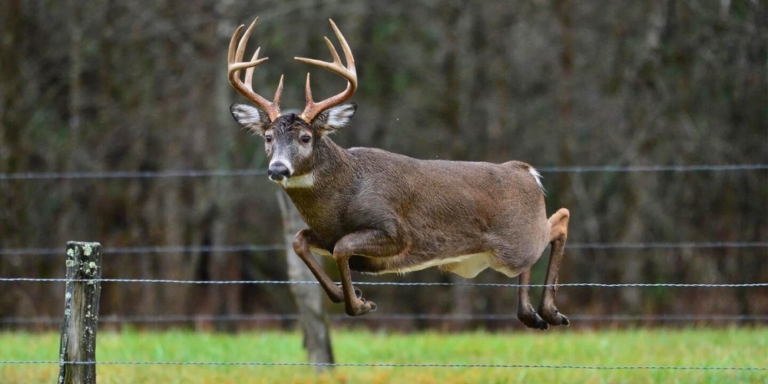If you’re a hiker in Alberta, encountering a bear on the trail is always front of mind.
However, on snowy slopes, as a skier or snowboarder, a bear encounter is the last thing you’d expect.
But that’s exactly what happened to snowboarders James Hardy and Ryan Smith on their last run of the day at Lake Louise ski resort
The pair were headed down Cameron’s Way when they noticed a black figure about 400 metres down the blue run.
It wasn’t long before Hardy realized the “little black dot” was a bear. Hardy and Smith remained calm and notified the ski patrol of the animal.
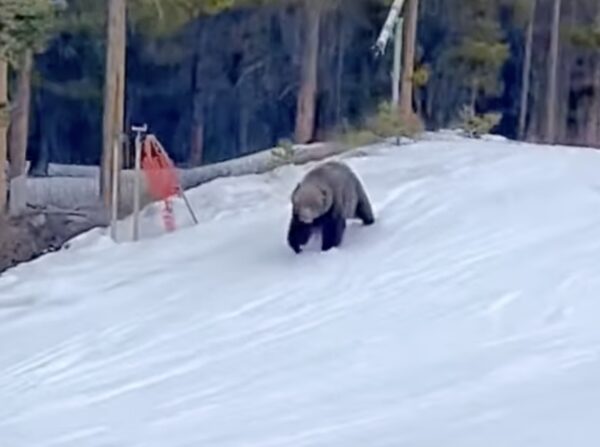
“We rang ski patrol to let him know that there was a bear crossing the run, and it looked like the bear had actually gone into the woods,” Hardy told the Rocky Mountain Outlook.
The ski patrol warned the duo not to head further down the run for another five to ten minutes to give the bear time to move on.
Hardy and Smith played it extra safe and waited twenty minutes before making a move.
Going back up the run or into the woods was not an option.
The only way out was down past where the bear was spotted.
The pair hoped the bear had shuffled on.
As they came over a crest, the pair saw the grizzly bear again, but this time, the large bruin was only 70 metres away, or about five school buses.
Grizzly bears are giant but quick. They can move up to 35 miles per hour and cover a distance of 100 metres in less than ten seconds—seventy metres is only a seven-second sprint!
“The bear spotted us, and he turned around and started walking back towards us, so I said to my mate, ‘We need to go now; we need to get the hell out of here,’” said Hardy.
All Around, A Job Well Done
Hardy was quaking in his boots but managed to stay calm and think of a plan to get him and his friend to safety.
“The run was quite wide, so it was like we had enough room for us to get past, so I turned the camera on and literally just straight-lined it. We gave him plenty of room,” Hardy explained.
Thankfully, the bear showed no signs of aggression and returned to where it was initially going.
If not for the pair’s calm handling of the situation, their last run of the day could have turned into the last run of their lives.
The Lake Louise ski resort also handled the potentially dangerous situation well.
Before Hardy and Smith spotted the bear, it was first seen at the Ski Out run around 1 p.m.
Ski Out was already closed when the bear was seen, but the animal was spotted again in Pine Cone Way, prompting the resort to close that area.
“At this time, both Larch and frontside access were closed as our team monitored the situation closely,” said Leigha Stankewich, the resort’s Marketing and Communications Manager.
While the grizzly was on the property, the resort managed lifts and terrain closures to keep guests away from the bear without forcing the animal anywhere.
When the bear left, normal operations continued. Kim Titchener, founder of Bear Safety & More, praised the resort for its quick response.
A Sign Of Things To Come
Titchener has 20 years of experience working with government agencies, industries, and communities to develop wildlife conflict reduction programs.
As the founder of Bear Safety & More, a business offering bear and wildlife safety training, she knows more about bears than most.
Titchener thinks there needs to be greater wildlife awareness as bears start leaving their dens earlier, thanks to a warming climate.
Bears will leave their den to search for food when it’s warm outside. The earlier spring arrives, the earlier bears leave their dens.
Bears leaving their dens early is especially dangerous for female bears with cubs.
Milder weather might encourage bears to leave their dens early and hibernate less, which could lead to smaller, more vulnerable cubs being led out into the open.
Exposed cubs are at risk of being killed by humans and other bears, including bear No. 122 (The Boss) and bear No. 136 (Split Lip).
The Boss and Split Lip are known to have an appetite for their own. The Boss has eaten two black bears, whereas Split Lip has killed and eaten a grizzly cub.
The Boss left his den on March 18 this year, and in 2020, the famous bear left his den as early as February. However, the changin climate also affects how late bears enter their dens.
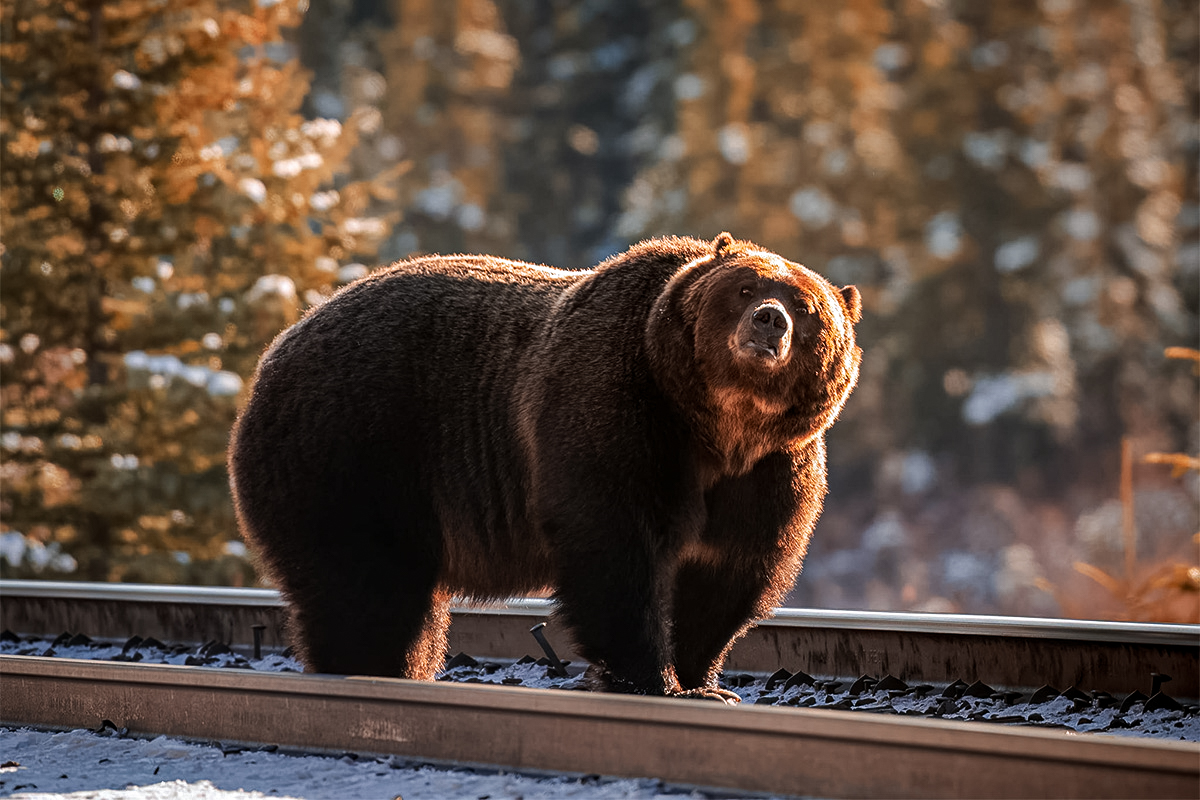
More Encounters Likely
In the winter, cold weather reduces the availability of major food sources like berries, which signals bears to enter their dens for hibernation.
However, bears might wait to enter their dens if the food-growing season is longer. A study conducted by Laval University in Quebec City supports this claim.
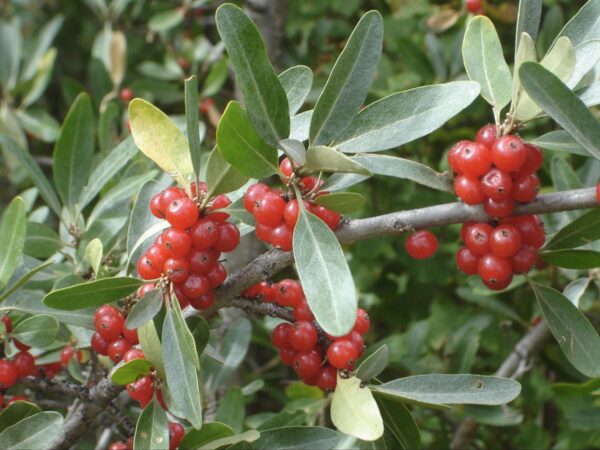
A team of researchers captured 15 male and 58 female grizzly bears from 1999 to 2011 along the Alberta-British Columbia border northwest of Calgary.
The study found that the grizzlies tended to stay out longer and kept eating when plenty of berries were available.
“It’s a stark reminder that our world is changing, and it’s definitely starting to impact the bears as well,” Titchener said when asked about the ski resort’s latest bear encounter.
As bears’ hibernation schedules change, they will start to overlap with ski resort schedules more often.
Titchener thinks ski resorts should consider bear management plans earlier in the year, not just during summer.
“Even in the shoulder parts of that bear hibernation period, we have to be prepared that we could have bears on the hill and come up with some bear safety messaging for spring skiing,” explained Titchener.
As global temperatures rise, we must understand how our wildlife, including bears, are affected and how these stresses might create new risks for humans.



